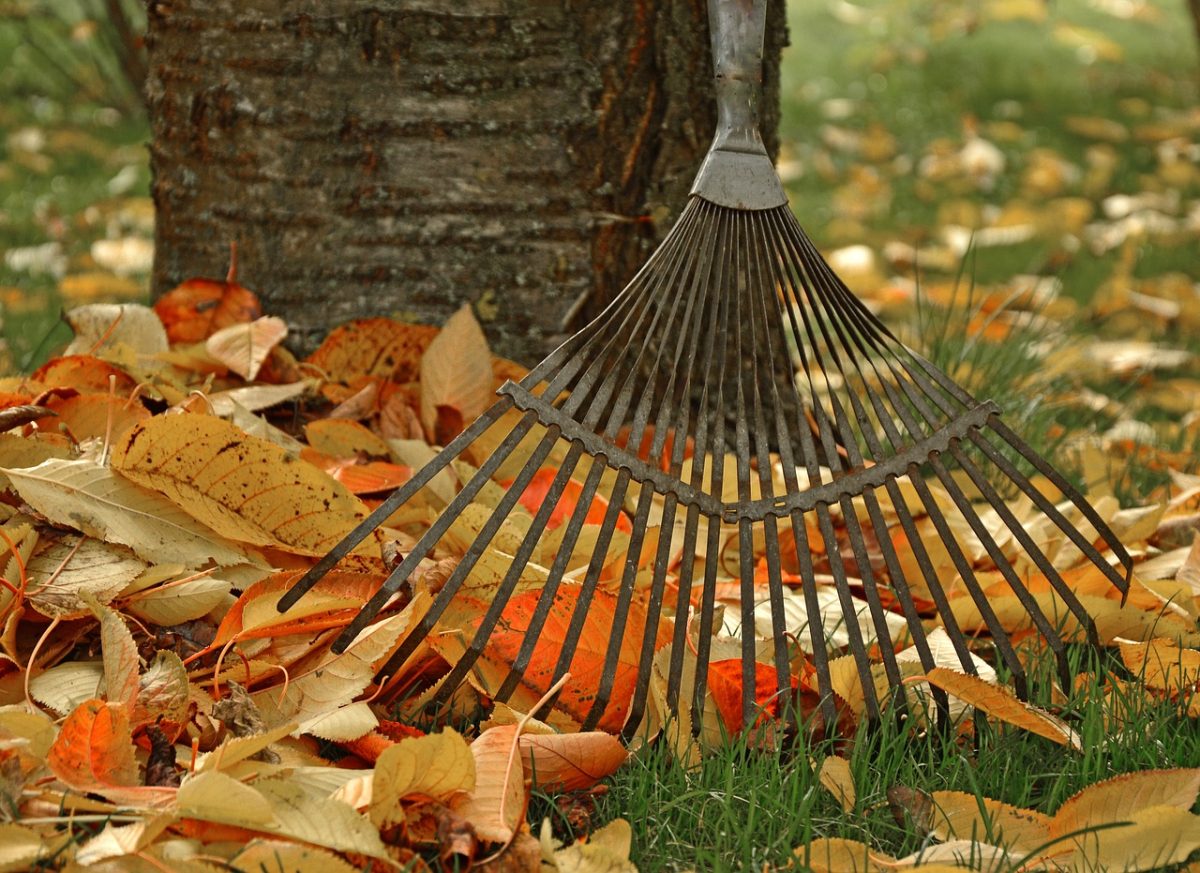Murray, NEB – The fall foliage is taking over our towns in a fast-paced motion. Tis’ the season for an immense amount of crunchy leaves. It can be difficult to find ways to dispose of the autumn particles. Let’s take this opportunity to use sustainable practices when caring for our lawns.
Here are some recommendations for cleaning in a safe and environmentally friendly way:
Composting
Accessible ways to compost can include on the ground or even in a bin. There may be requirements put in place by local authorities to compost in a residential area. Organic material decomposes for suburban neighborhoods composting. Material that is composted disintegrates around half of the volume of the original outdoor matter. Composting is beneficial because it can restore gardens and lawns. When your garden is done for the year, you may be able to save a step in composting and fertilize your leaves directly in the garden for next year.
Mulching
An environmentally friendly way to reduce the volume of leaves is mulching. Mulching involves a mix of leaves and grass fragments. Lawn mowing can be an easy way to grind up leaves and make them accessible for mulching. As a result of mulching leaves, they can decompose faster than usual. This makes the organic matter more valuable because it adds nutrients to the soil.
Bag with Recyclable Paper Bags
Bagging leaves is an extremely common solution of disposal. A way to handle the leaves is with a take and lawn bags to keep the cost of removal low. A sustainable way to bag leaves is using recycled paper bags that can be found at local hardware stores. If possible, work on a day that has little to no wind and dry leaves. It is important to work in a downhill slope to make it. This will help ensure that you are not blowing leaves or raking it to a spot you have already taken care of.
Avoid Burning Leaves
Smoke from burning leaves can lead to air quality issues. The smoke can irritate people’s lungs and it is especially harmful to anyone with respiratory or cardiovascular issues.
Outdoor fires can lead to accidental brush fires, forest fires, or even house fires.













